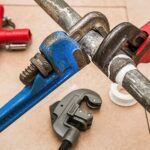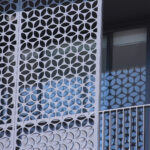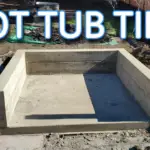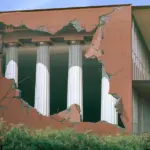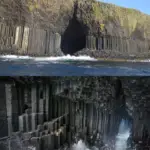There are numerous environments in which artificial grass is the most suitable surfacing option. Although this raises concerns for environmentalists as they’re under the impression that the role of artificial grass is to replace real grass; however, this isn’t quite the case. Artificial grass isn’t about replacing all natural grass; it’s about providing another surfacing alternative. Therefore, more accurately, artificial grass might replace gravel, paving, or other manmade surfacing options.
That said, what are some of the benefits of quality artificial grass that would place it above other surfacing options?
Reduced Water Bills
If you have a large garden that you just wouldn’t possibly be able to maintain if it was all natural grass, you might consider the use of artificial grass. After all, large lawns require a lot of water to keep them in good condition. Therefore, if you want to reap the benefit of reduced water bills, you might kit out your garden predominantly with artificial grass. This isn’t to say that you can’t have any natural grass at all, but you might just have it in a convenient place that receives the right amount of sunlight, meaning that minimal maintenance is required.
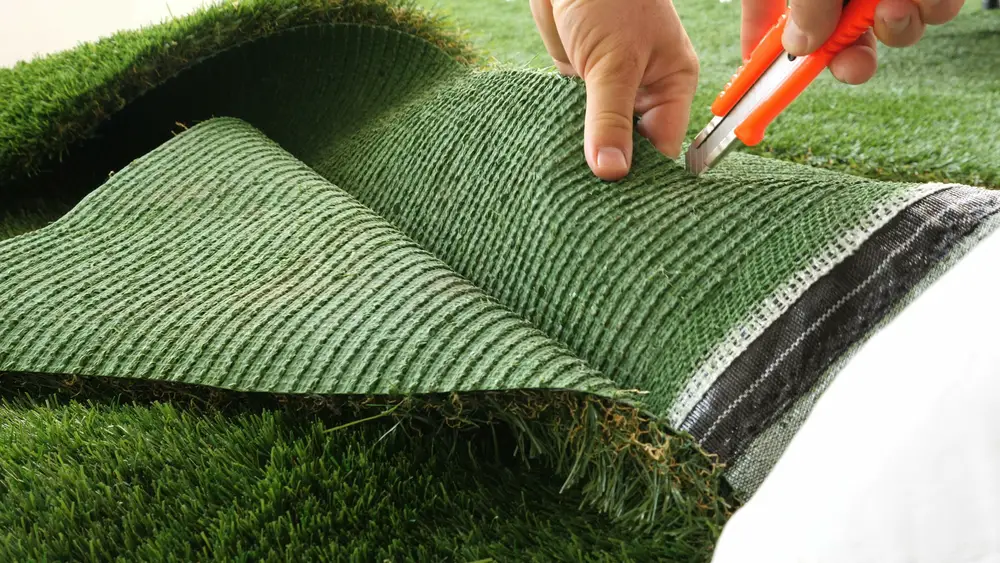
Lower Maintenance Costs
Speaking of maintenance, not only does artificial grass not require watering, mowing, or seeding, but it also doesn’t require repairs. For instance, concrete paving can crack and shift position, which can be costly to repair. As far as artificial grass is concerned, though, it’s extremely durable, meaning it doesn’t require repairs. Despite this, this claim only applies to quality artificial grass. Cheap versions of artificial grass may rip quite easily and also be trodden down. Quality versions, on the other hand, are almost indestructible when cared for properly, and their fibers bounce back almost immediately.
Also Read: Green Solutions in Sports Construction: Building Green and Playing Green
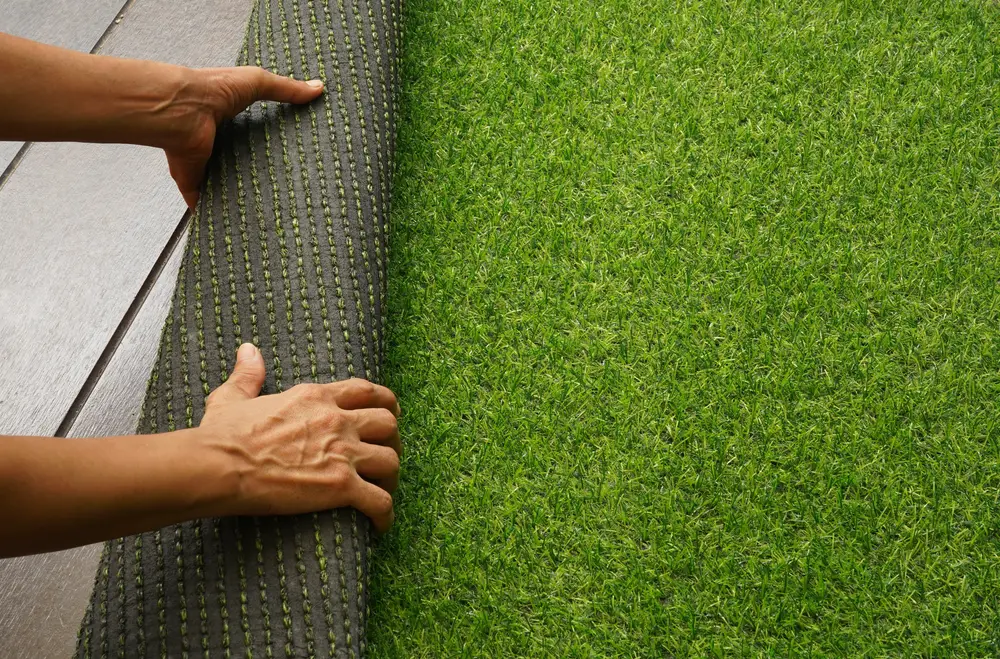
No Mud, Weeds Patchiness, or Discoloration
One problem with grass that isn’t properly cared for is that it ends up muddy, weedy, patchy, and discolored. This isn’t the case when it comes to artificial grass; instead, it will be completely free of mud, weeds, and patches and will remain a brilliant green all year round. Therefore, if you’d like a natural appearance but you’re not quite ready for the commitment of caring for real grass, you might give artificial grass a try. It’s important to invest in quality products, though, as cheaper options may allow weeds to poke through, which defeats the maintenance-free and flawless-looking purpose.
Also Read: Can You Lay Flagstone on Dirt? How to Do it the right Way?
A Life Expectancy of around 15 Years
Artificial grass can last anywhere up to 15 years and sometimes more if it’s properly cared for. This is a long time when compared to other surfacing alternatives. While concrete slabs can last a lifetime, it’s unlikely that they’ll go 15 years without needing any repairs or replacements. These materials can be very costly, meaning the notion of repairs can be quite daunting. With artificial grass, you’ll know that you can get away with giving it a brush every now and again for 15 years, and it will still look as good as the day it was laid.
Also Read: Can You Put Pavers on Mulch? Material & Process
Like Us on Facebook!
The Ability to Withstand Harsh Weather Conditions
Whatever the weather, artificial grass is strong as can be. During the scorching heat, while it will get relatively hot, it won’t be nearly as hot to the touch as concrete. Similarly, it won’t flood during torrential rain, as artificial grass has drainage holes. Again, this only applies to quality artificial grass, as cheaper versions may not have the same capabilities. Quality is everything when it comes to choosing artificial grass, especially if you want to reap the benefits of such. As with anything, the price will reflect the product’s worth.



